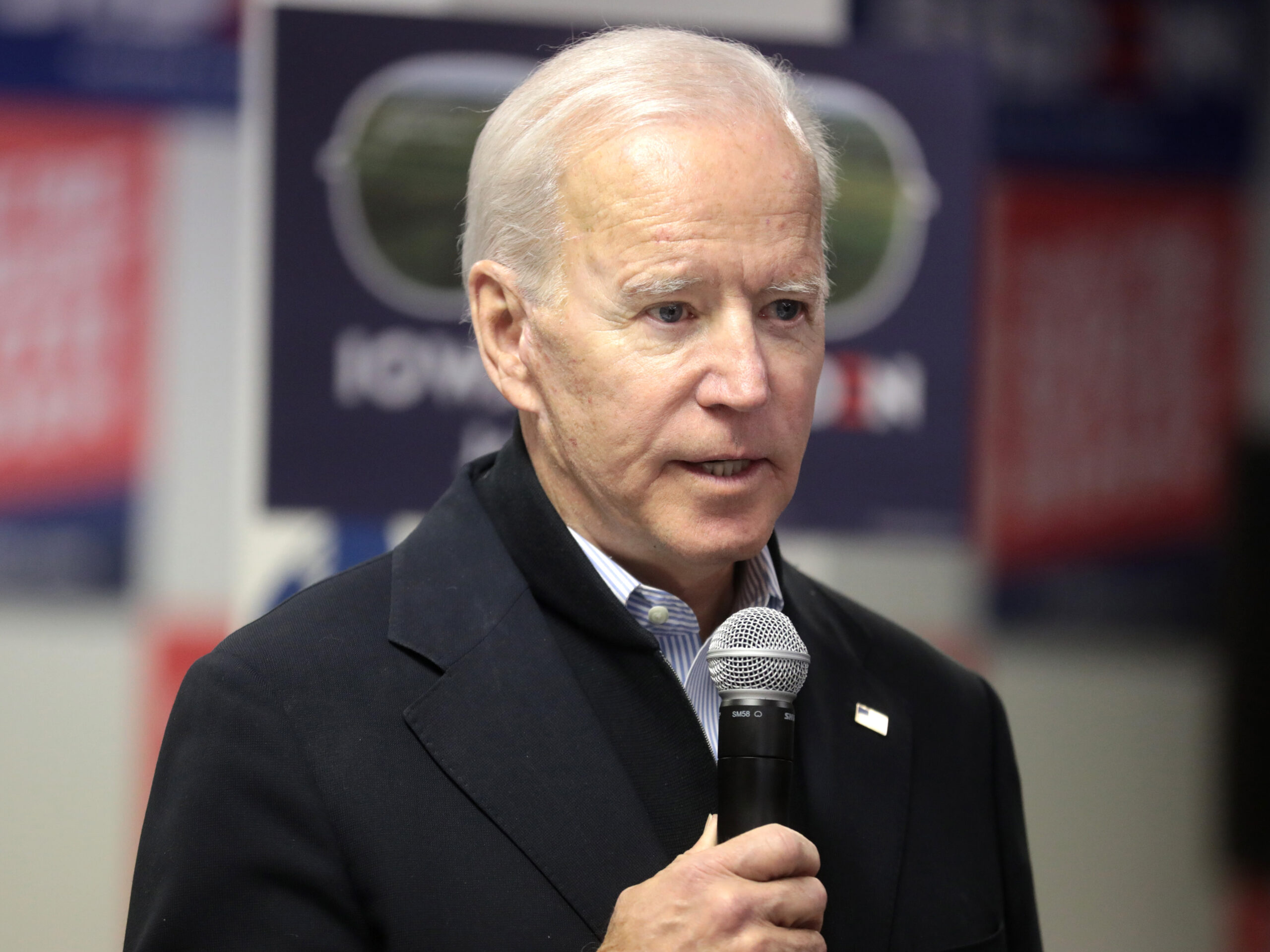
Last Tuesday, the Democrat-controlled House voted to pass the long-awaited — and watered-down — Bipartisan Infrastructure Bill. Though both Republicans and Democrats collaborated to write the bill, only 13 House Republicans broke with their party to pass the infrastructure bill, even after massive spending cuts as a result of negotiations. President Biden, who pushed Congress to pass the infrastructure bill, is set to sign the bill into law Monday, Nov. 8. Meanwhile, the second half of Biden’s agenda, the so-called “human infrastructure bill,” is stuck in the Senate with no clear path forward.
President Biden campaigned vociferously on improving infrastructure in the United States during the 2020 election. Biden’s infrastructure framework included more traditional infrastructure like roads, bridges and trains, but also more modern ideas of infrastructure like internet broadband and fighting climate change. These are all extremely popular ideas that polled well amongst the population. Instead of moving on with this infrastructure framework in a single bill, President Biden and the Democrats split their agenda into two separate pieces of legislation meant to be passed at the same time. The Bipartisan Infrastructure Bill would mostly focus on traditional ideas of infrastructure. Meanwhile, the human infrastructure bill ,that is now called “Build Back Better,” would be a much larger, broader piece of legislation. Splitting the bills and opening them up to Republican influence was the worst path Biden could have taken.
Democrats have a slim 51-50 majority in the Senate — which is hard to overcome no matter what, even if Biden had played his cards correctly. However, it’s important to note that his approval ratings were astronomically high early in his presidency. This gave Biden the opportunity to leverage power against no-vote Senators, much like his predecessors Franklin D. Roosevelt and Lyndon B. Johnson. Instead of leveraging his role as president and as leader of a party, Biden opted to give negotiation control to Republicans, many of whom had voted just a few months earlier to reject Biden’s victory in Arizona and Pennsylvania. Over the coming months, all new spending in the bill was cut down from $2.6 trillion to $550 billion. Left out is funding for housing, schools, buildings, clean energy tax credits among many other things. Most surviving aspects of the bill, such as roads and bridges, water infrastructure and broadband, are reduced in scope as well.
The Human Infrastructure Bill is currently stuck in Senate negotiations. This bill, better known as Build Back Better, was intended to be a much more ambitious and progressive plan, with no hope for Republican support. Democrats would need every single vote in the Senate to pass the bill into the House. As a result of this dynamic, a single Democrat senator had a lot of bargaining power and potential to take down the bill. Democrats Joe Manchin of West Virginia and Kyrsten Sinema of Arizona took on this role over the course of infrastructure negotiations, bringing down total spending in Build Back Better from over $7 trillion to the current $1.75 trillion. Biden should have used his early popularity to put pressure on both Manchin and Sinema during negotiations, instead of taking the laid-back approach that he ultimately settled on. Furthermore, through leaks obtained by the media, Machin’s daughter was implicated in a scheme to artificially raise Epipen prices during her time as CEO at Mylan. Biden has the power to direct the Department of Justice to investigate Bresch. This would be an alternate way to put pressure on Manchin.
The future of Biden’s infrastructure agenda is looking grim, and it didn’t have to be this way. Through opening up negotiation to Republicans, and then refusing to actively participate in negotiations himself, President Biden ensured that the best-case scenario is a watered-down plan that provides too little, too late.







